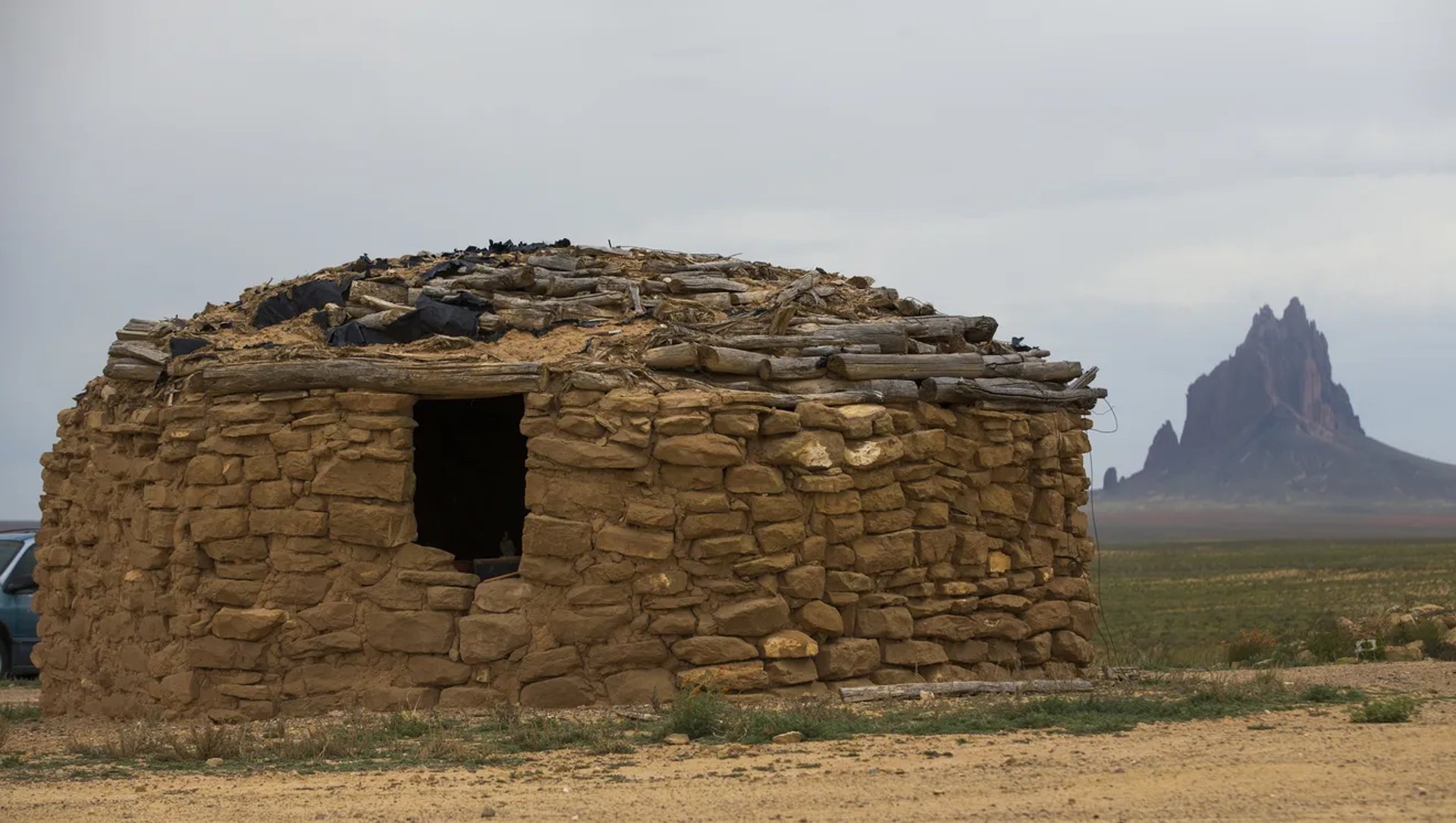
Sustainable Building Project
Making Community and Blocks
By experimenting with one or two different block systems - compressed earth blocks (CEB) and wood-chip blocks - we hope to refine a more sustainable building system. Our ideal building system should have the following characteristics...
• reduced embedded energy
• high thermal mass to provide a more stable interior temperature
• high total R-value
• ease of fabrication on-site by non-professionals
• minimal waste
• longevity
• sound-deadening
• design-flexiblity
• fire resistance
• insect resistance
• using locally source materials
• low maintenance
Project goals include...
• bringing together a diverse group of students from geology, sustainability, engineering and the trades,
• applying the scientific method to a hands-on project,
• developing processes that will allow characterization of different blocks,
• sharing our learnings with local indigenous communities, and
• teaching building skills.
The Characteristics and Goals of Our Sustainable Building Project
Compressed Earth Blocks
Compressed earth blocks are made from a combination of clay, silt, and sand and cement and/or lime. A good introduction to CEBs below has been created by Jim Hallock of Earth Block International.
So far, the best value for a quality press appears to be the LT2-40 block press by Lontto Industries of Linyi, Shandong Province, China. The price for the press, 2 molds, and shipping from Shandong to Los Angeles is $1247.00 per this invoice. Here are the specifications for the LT2-40. The QMR2-40 from Giant Lin Machinery is another option. We are, of course, open to other suppliers. Please share what you find out.
When we start our project, our first task will be to find a good soil source, characterize that soil, and conduct tests to ensure a quality block. To help with this, I have modified a document from Giant Lin that covers the following topics.
1. What Is a Good Compressed Earth Block Soil?
2. How To Prepare the Soil+Cement Mixture
3. Curing Blocks
4. Transporting Blocks
5. Popular Block Designs
I shipped to Jim Hallock for analysis a soil sample from the groundwater recharge basin north of the CGCC Ironwood building. That sample was too high in clay content to be used to make CEBs. (I didn't have access to our soil sifters due to COVID-19.)
As project funding probably won't be available until summer at the earliest, and, as shipping may take a couple of months, I propose experimenting with wood chip blocks first. Keep reading.
Wood Chip Blocks
Wood chip blocks have many desirable characteristics. They...
• use locally-available often free waste from tree trimming, diverting material from landfills,
• are sound-deadening,
• are less carbon intensive than cement blocks but still use about 8 pounds of cement per large block,
• are insect resistant,
• insulate well,
• provide temperature-stabilizing thermal mass,
• are low-cost,
• can be made into a uniform block, and
• can integrate slurry, rebar, and bond beams, thus becoming load-bearing for single story structures.
Wood chip blocks (or hempcrete or papercreet), even more than wood walls, must be protected from constant water. A good foundation with vapor barrier and a reasonable roof overhang will provide those protections.
The link below show how to build a hempcrete block.
My plan is to create eventually a block similar to that featured in the video but with two vertical holes in each block. The holes in overlapping blocks will align, allowing the use of rebar and slurry resulting in a more structurally sound load-bearing wall.
We can mix the cement/lime/chip combination using a cement mixer or a drill mixer. Other than the metal block molds and a drill jig, no special equipment is needed. This building technique also lends itself to slipform construction as demonstrated in the above video.
Variations on wood chip blocks include hempcrete, sugarcrete, and papercrete. View this video showing a hempcrete slipform building method.
Related Links
Lower Sioux Developing First US Hempcrete Production Facility
SugarCrete Blocks
Hemp Concrete Walls
African Hempcrete Twist-block
More Information - Old Meeting